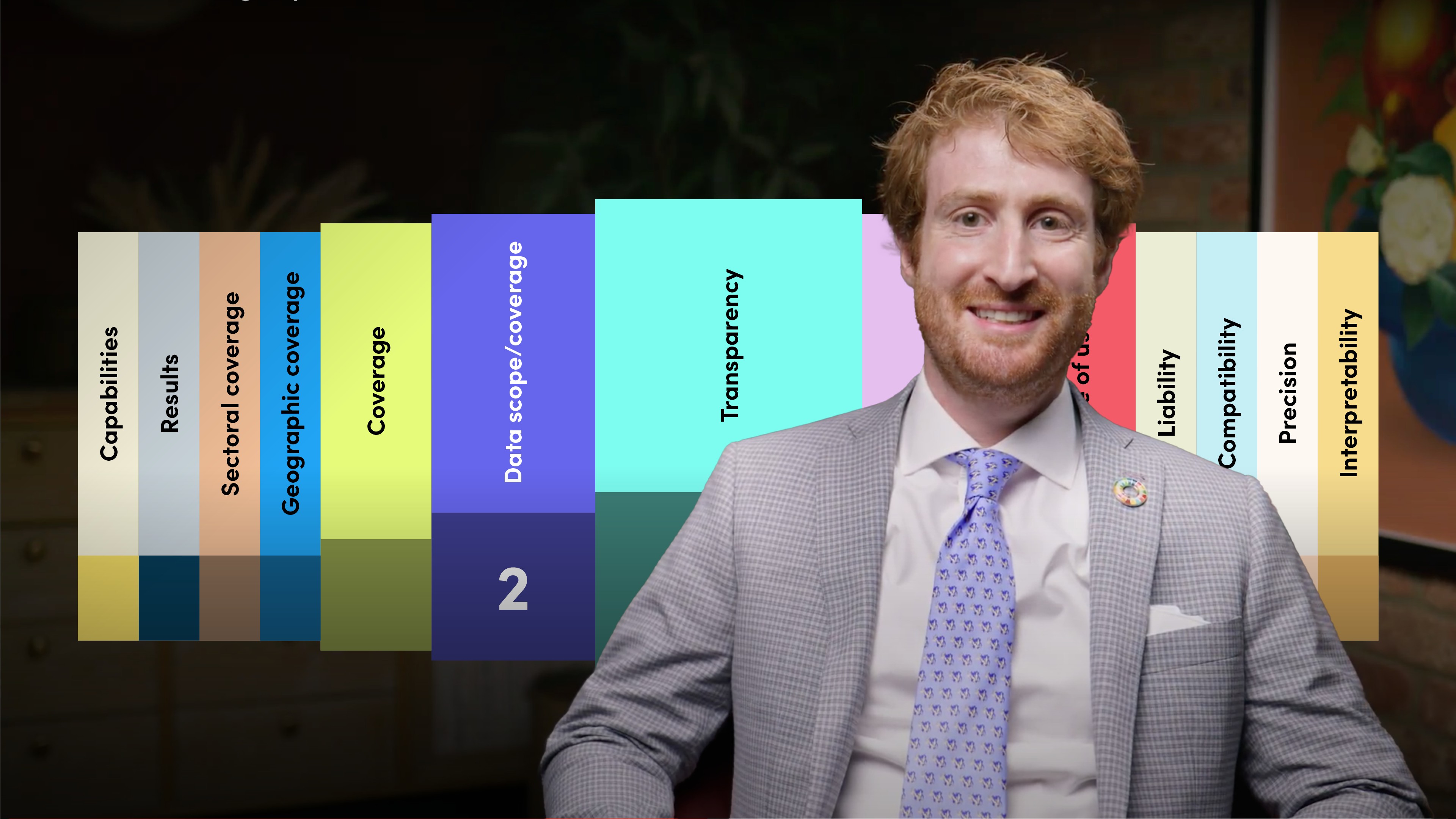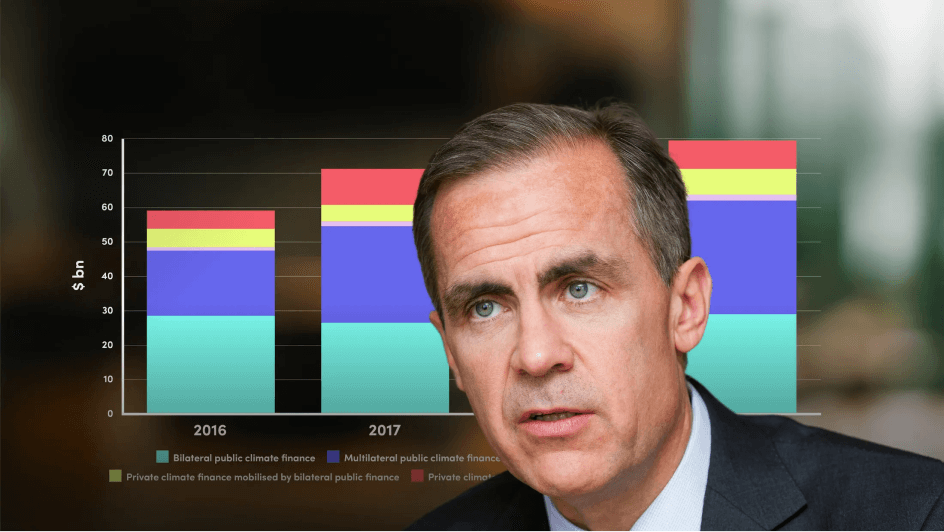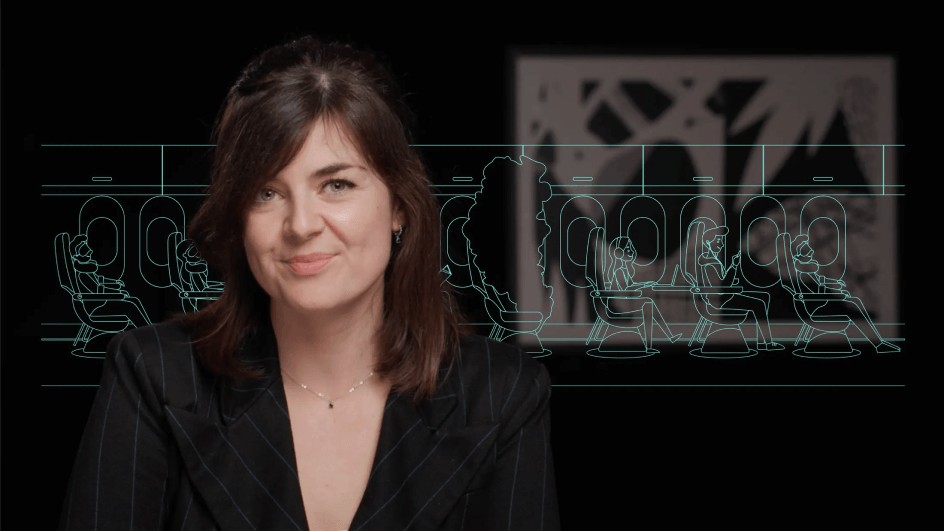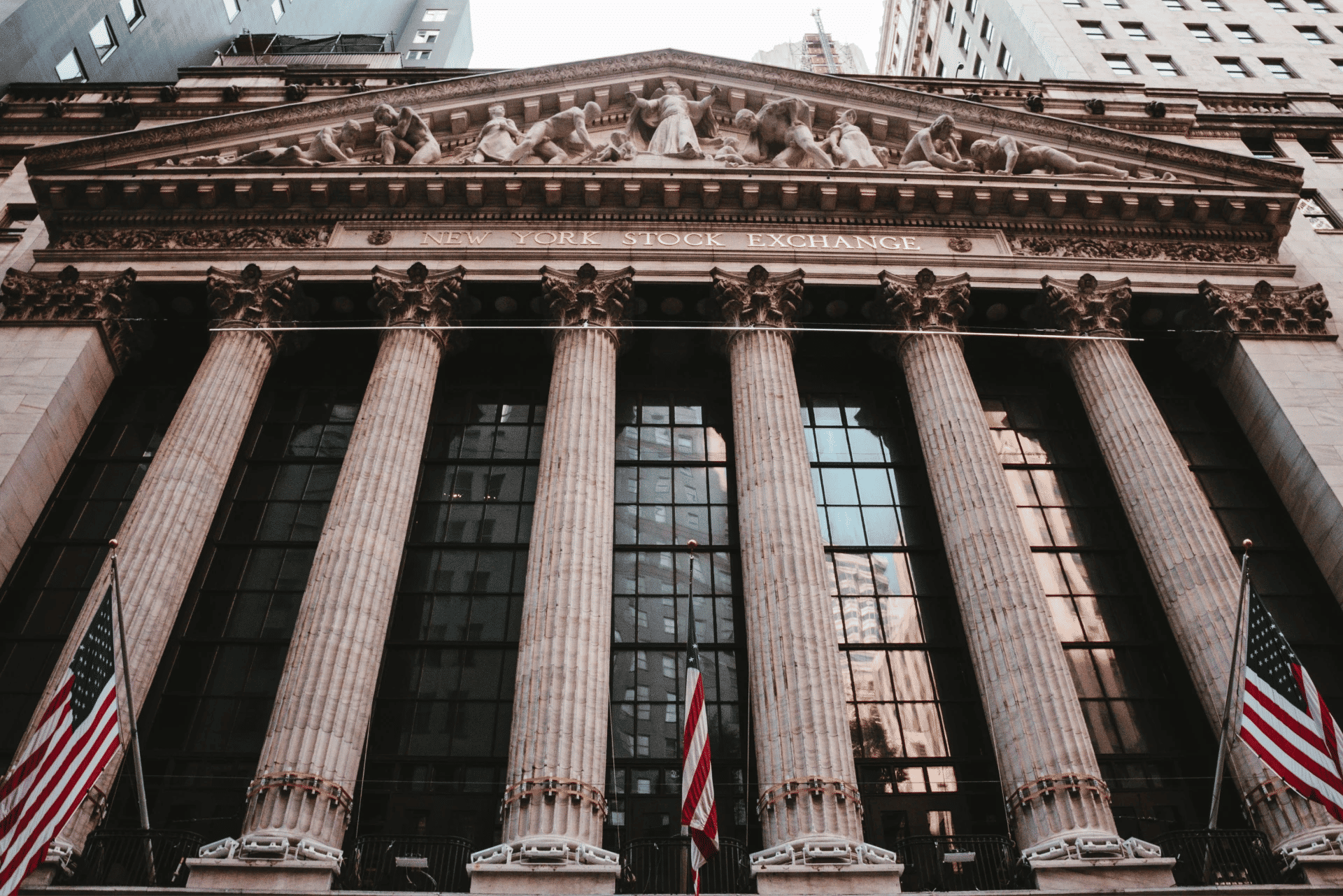
Key Trends and Developments in Climate Risk

David Carlin
Head of Climate Risk
In this video, David Carlin will cover the key trends emerging in the climate risk landscape and also explore some of the noteworthy developments across the industry in the field of climate risk tools.
In this video, David Carlin will cover the key trends emerging in the climate risk landscape and also explore some of the noteworthy developments across the industry in the field of climate risk tools.

Key Trends and Developments in Climate Risk
6 mins 5 secs
Key learning objectives:
Understand the key trends and developments in climate risk assessments
Outline the main global developments within the climate risk landscape
Outline the main EU developments within the climate risk landscape
Overview:
We have established that climate risks are indeed financial risks and that financial institutions need to identify, assess, mitigate and manage these risks. Additionally they need to be aware of the main trends and developments in this space. This includes the regulatory developments in their respective jurisdiction as well.
What are the 5 main trends and developments in the climate risk landscape?
Why should financial institutions be aware of these trends and developments?
What are some of the main developments in the climate risk landscape globally?
What are some of the main developments specifically in the EU?
– SFDR (Sustainable Finance Disclosure Regulation) - Covers categorisation of financial products into different green asset classes and requires the setting of ‘robust’ transition plans

David Carlin
There are no available Videos from "David Carlin"





















